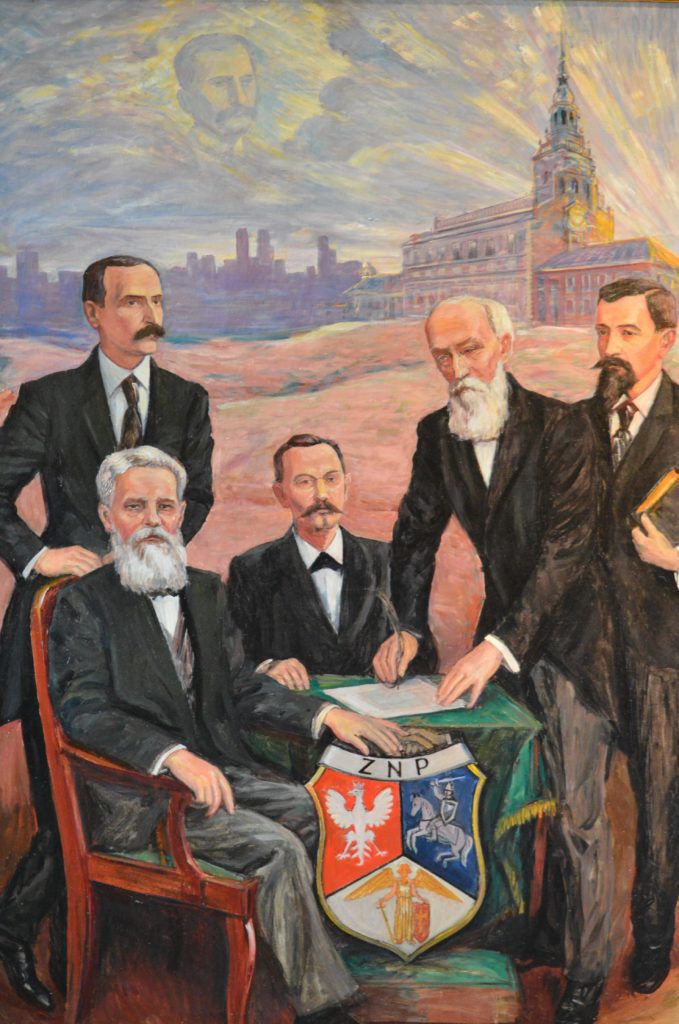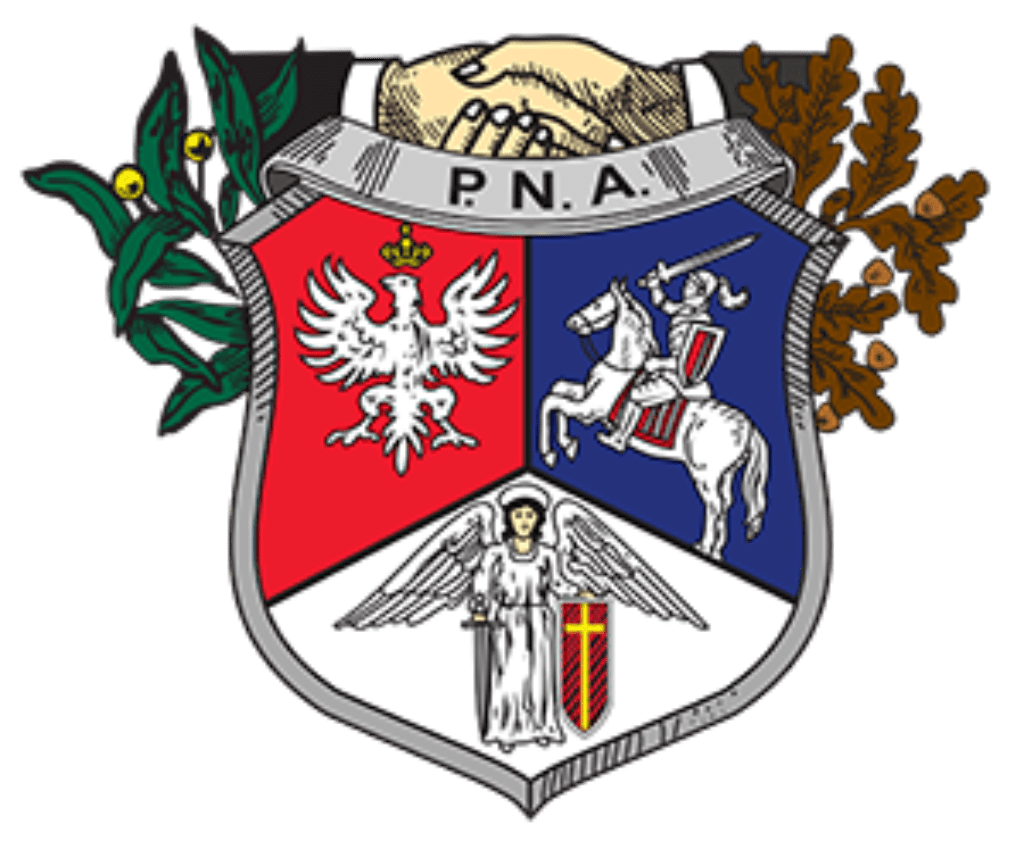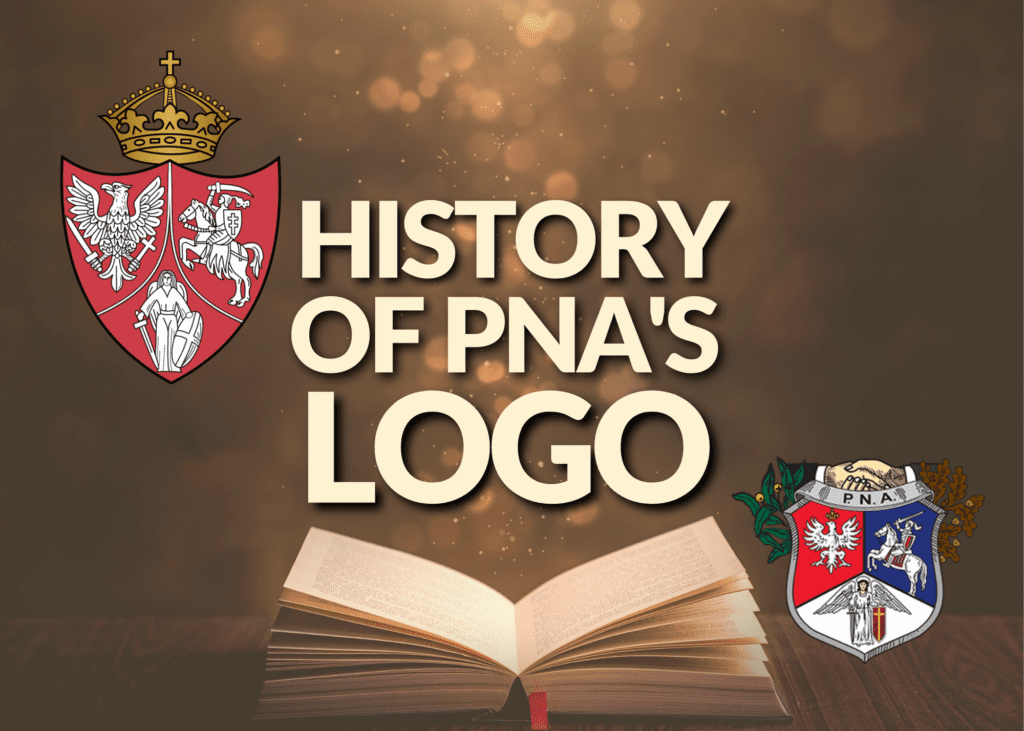Ever wondered about the meaning behind PNA’s logo?
The history of the Polish National Alliance’s logo is connected to the January Uprising, which broke out in 1863 and lasted until the autumn of 1864. At the time, Poland was under partition by Prussia, Russia, and Austria-Hungary.
On January 22, 1863, Poles launched a rebellion against Russian rule, known as the January Uprising, to regain their freedom. This was an act of immense strength and courage as Poles were severely disadvantaged militarily against the Russians. Poles fought hard against their foreign oppressor but ultimately were defeated. However, the January Uprising was not a complete failure. In some regards, the uprising was a success and catalyst toward independence.
The January Uprising had a magnificent coat of arms. Three symbols grace the coat of arms representing the three regions involved in the uprising: the White Eagle (Poland), Michael the Archangel (Ruthenia), and a knight (Lithuania).
Yearning for Polish independence, several Polish patriots and uprising participants became involved in the PNA’s formation in 1880. The founders adopted the January Uprising’s coat of arms as PNA’s logo.
Inspired by its beautiful symbolism, the founders believed that the coat of arms reflected PNA’s core foundation. Strength, courage, and unity – the founders remembered these values as they created the PNA. One difference between the coat of arms and the logo is the symbol at the top. While the January Uprising coat of arms features a crown, the PNA logo features two hands clasped together. This handshake represents fraternal solidarity, another integral value of the PNA.
To this day, PNA is proud of its logo. Marked by a crucial time in history, we remember those who have fought for Poland’s independence and to preserve the Polish language and culture, not only in the January Uprising but throughout Polish history.



